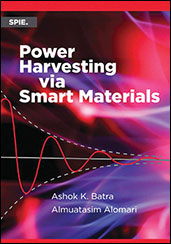Journal Article
Investigation of Hot Corrosion Behavior on QE22A-Magnesium Silver Alloy through Steaming Method
2022-03-03
Abstract The hot corrosion studies for the die-casted magnesium (Mg) silver (Ag) alloys are carried out through the steam heating route. The Magnesium Silver (QE22A) alloy is fixed under the top lid of the pressure cooker (2 liters) and filled with water and 5% salt (NaCl) solution. The specimens are treated with different time intervals (10, 20, and 30 minutes), with the steam temperature maintained at 100°C around the specimen. The results showed an increase in the corrosion rate with the increase in the steaming time. Further, after the specimens have cooled down to room temperature, similar experiments are repeated for the second and third cycles. Here the formation of the oxide layers over the specimen has reduced the corrosion rate. The structural, surface study was carried out through scanning electron microscopy (SEM), X-ray diffraction (XRD), and energy-dispersive spectroscopy (EDS) to know the corrosion behavior on the specimen.


